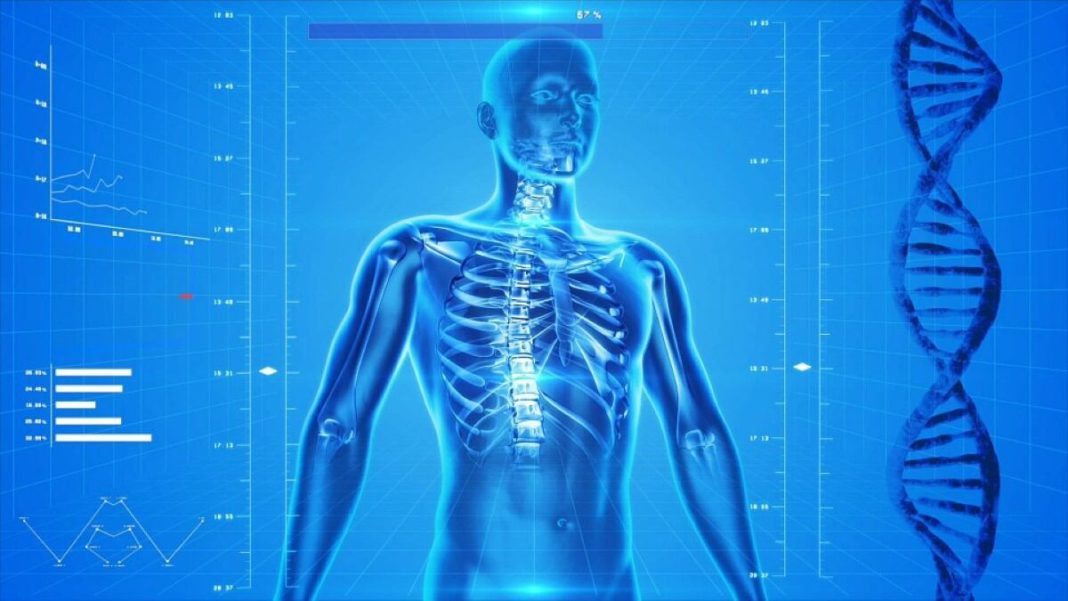GERMANY: Bone regeneration in mice! A team of scientists from the Biotechnology Center (BIOTEC), the Medical Faculty of TU Dresden, and a group from Max Bergmann Center of Biomaterials (MBC) have developed novel bio-inspired molecules that enhance bone regeneration in mice.
As people age, their ability to regenerate their damaged bones decreases, and diseases like osteoporosis further reduce it. The scientists incorporated the new molecules into biomaterials and applied them locally to bone defects.
Using computer modelling and simulations, the team designed the new molecules based on glycosaminoglycans, long-chained sugars such as hyaluronic acid or heparin. These molecules enhance bone regeneration by blocking the signals of two proteins that inhibit bone formation and repair, sclerostin and dickkopf-1.
Professor Lorenz Hofbauer, a bone expert at the Medical Faculty of TU Dresden, thanked the group’s and other researchers’ work for finding a unique molecular pathway to regulate bone formation and repair.
He explained that the primary challenge for developing drugs that improve bone regeneration is efficiently turning off specific proteins, which act as brake signals. To test their effectiveness, the interdisciplinary team used a biomaterial loaded with new molecules on bone defects in mice.
The group found that the new molecules outperformed the standard biomaterial and improved bone regeneration by up to 50%, indicating their potential for improving bone repair.
The team used rational drug design to create novel molecules with tailored properties and minimal side effects. The team developed a series of candidates with tremendous potential for turning off the proteins that block bone regeneration using computational methods to predict the properties of the designed molecules.
Professor Maria Teresa Pisabarro, who led the Structural Bioinformatics group at BIOTEC, explained that the team used molecular modelling to design new structures mimicking relevant receptor interactions with the proteins.
The team wanted the protein-receptor binding to be stronger than their natural interactions. Pisabarro added that, by doing so, the team’s novel molecules simultaneously hijacked the proteins and turned them off, turning the bone regeneration on.
Bio-researchers can use the newly designed molecules to turn off proteins that block bone regeneration. These molecules can lead to the development of more potent treatments for bone fractures and other bone-related medical issues.
Also Read: Joe Biden Consents to Send Reserve Troops to US-Mexico Border



